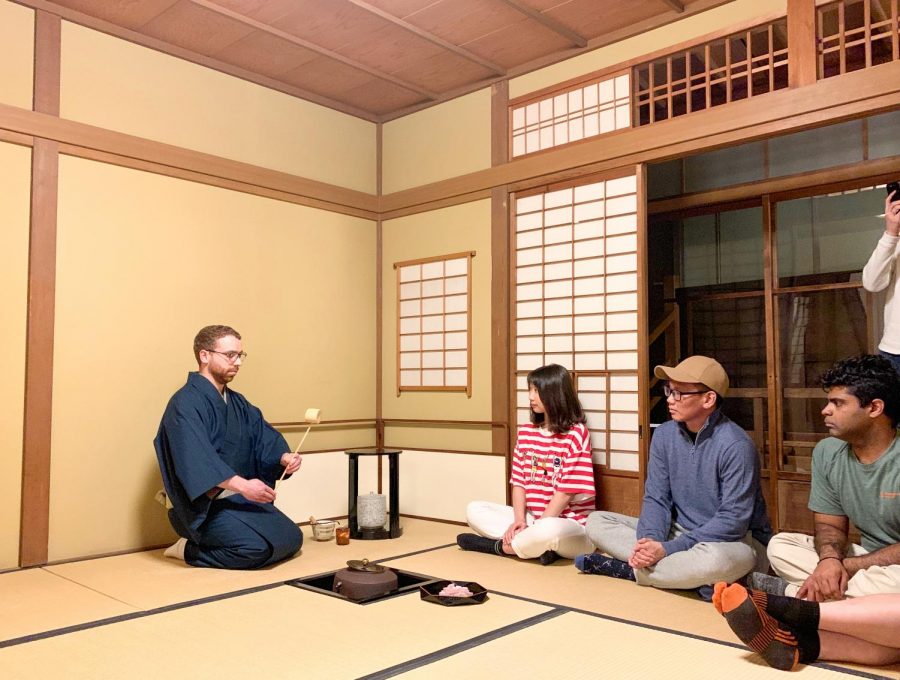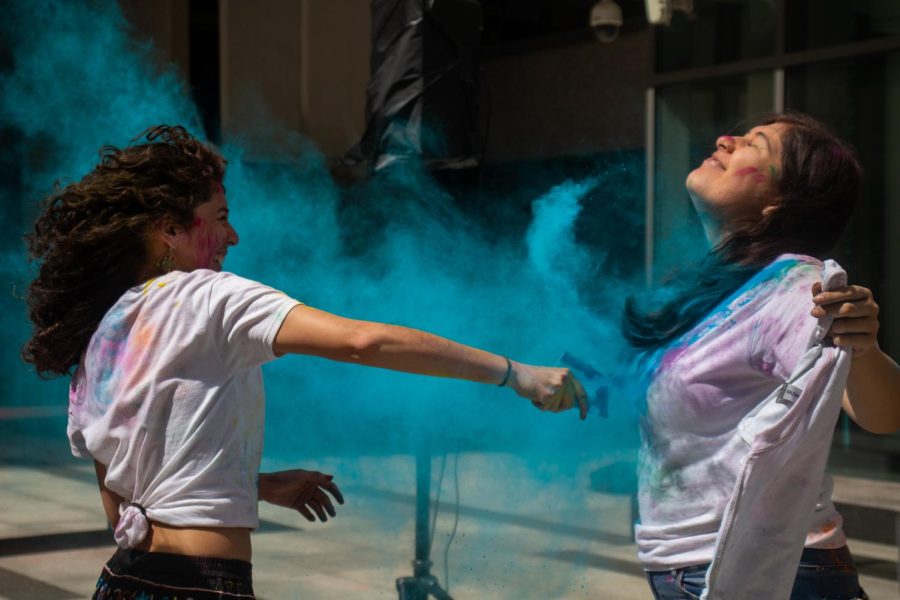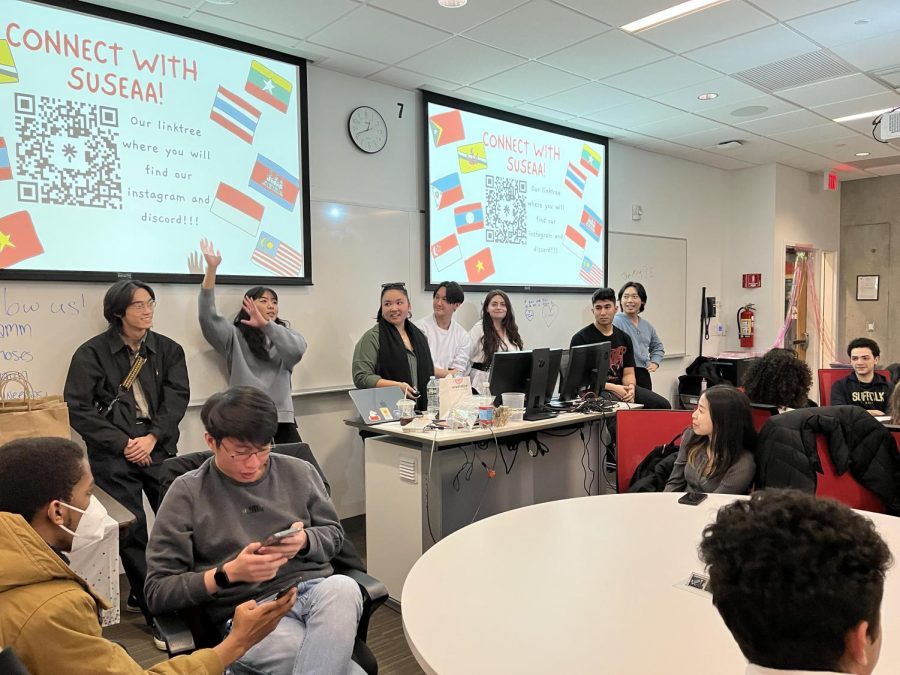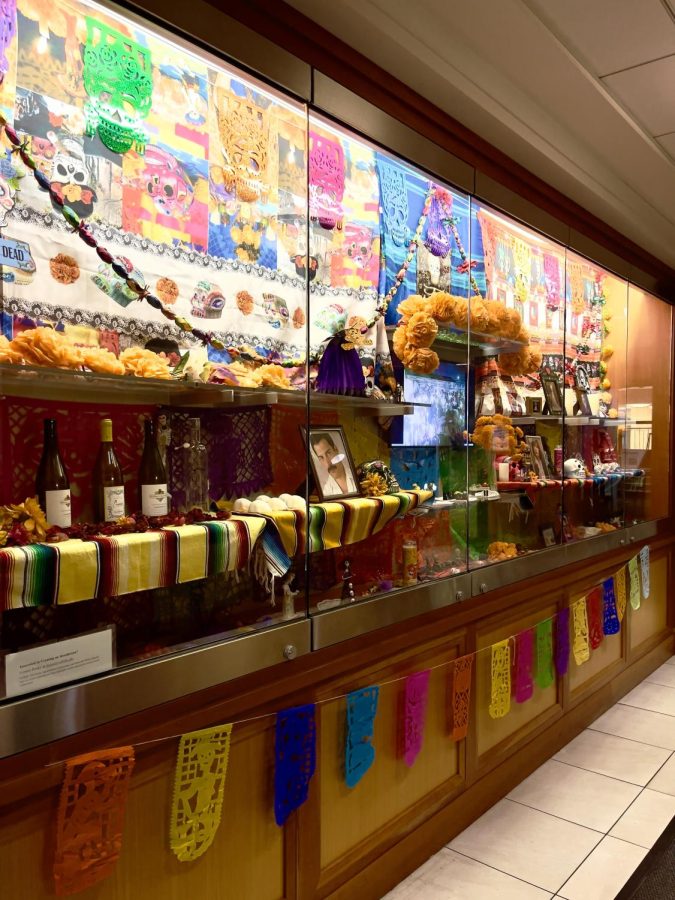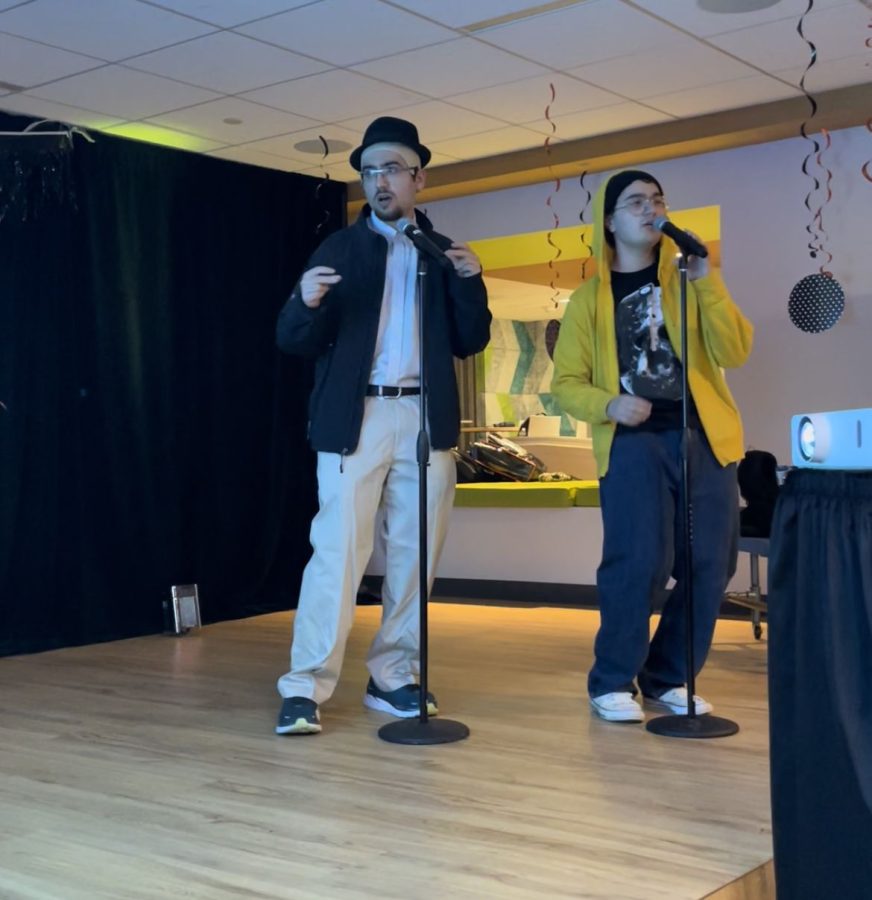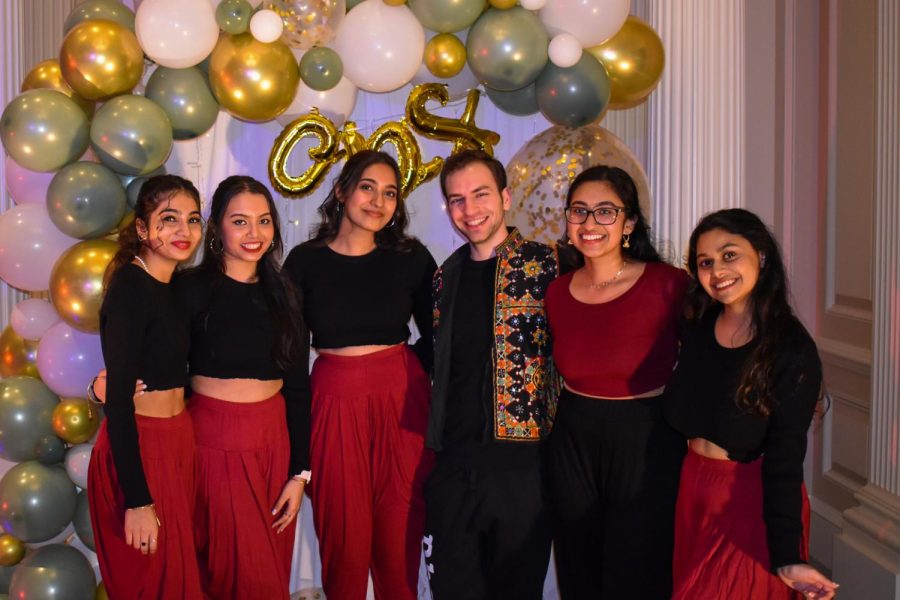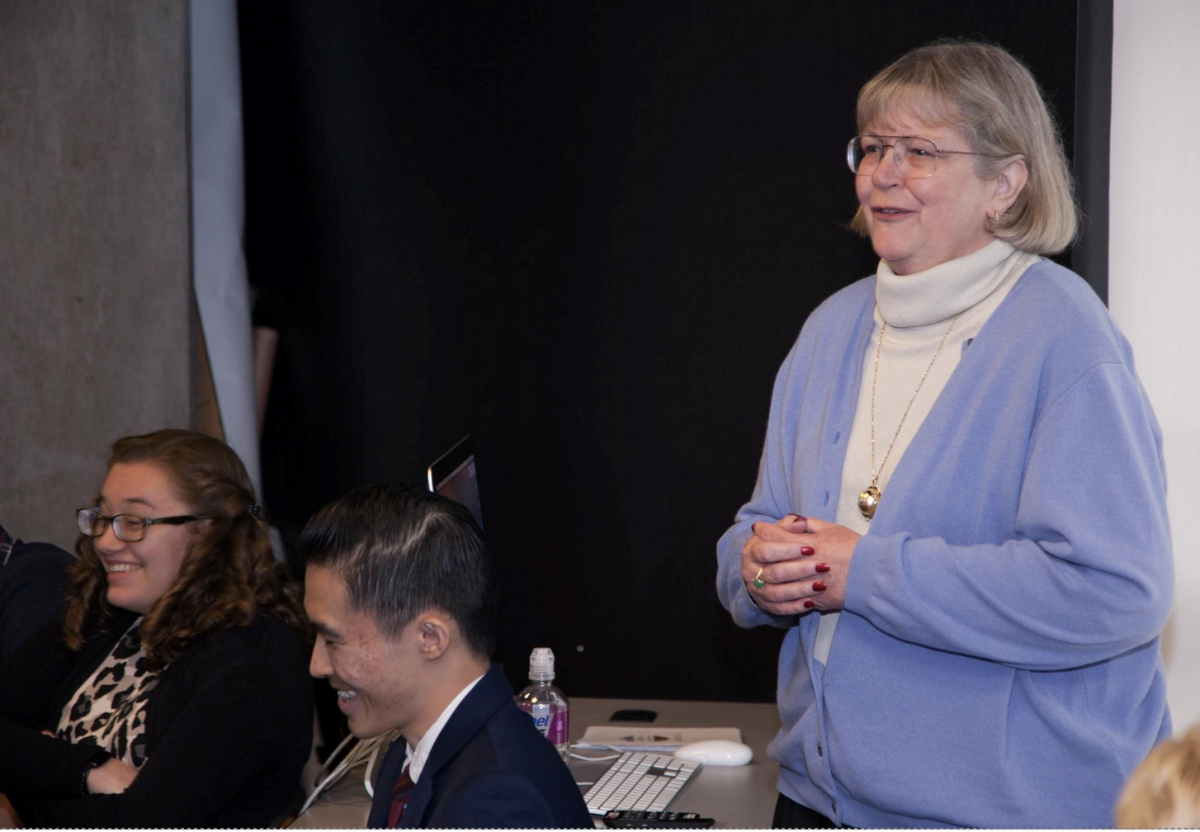On Sunday, the Suffolk University Japanese Student Association (SUJSA), gathered at the Boston Children’s Museum to participate at the Japanese Tea Ceremony, held inside of a traditional Japanese house built inside of the museum.
Miho Machida, dressed in a kimono, a traditional japanese garment, led the group of nine students through different playgrounds full of children at the museum, to a room with a big traditional house from Tokyo.
To step into the house, every student had to remove their shoes and go to the next floor through high and stretch stairs. After leaving aside their shoes and jackets, the students sat in a circle surrounding a small hole with a square shape in the floor with the tea pot.
Machida repeated “Cha-no-yu,” several times, before explaining its meaning.
“It simply means hot water for tea,” said Machida. “Cha is tea, no is for and yu is hot water. This is a very appropriate word to describe the Japanese Tea Ceremony. The word has been used for 500 years and is still used today. It has many aspects, it depends on how you look at it, how you understand it and how you study it.”
Anthony, the performer of the tea ceremony, stood before the entrance of the room and said in Japanese, “I’m going to make a bowl of tea,” which Machida translated. He entered the room and sat in front of the teapot in a seiza position that he maintained throughout the whole ceremony. Seiza means good posture, and consists of placing the knees on the floor and the buttocks on top of the feet.
He proceeded to arrange the utensils in order to prepare the tea. His movements were gentle and delicate while he lightly cleaned the cups and the tea scoop.
“The concept of purification is very important in Chanoyu,” said Machida. “All the utensils are already clean before they are used, but what Anthony is doing with this ritual in front of the guests is symbolic, he is not actually cleaning the utensils, this is a representation before the guests of purification of the utensils as well as each person’s spiritual purification.”
A student seated closer to the performer was given a sweet called Namagashi —sugared gelatine— in the shape of a flower, used in tea ceremonies to contrast the bitterness of the drink.
“Tea is ready,” said Machida, as Anthony poured tea in the cup. Only one student tasted the tea coming from the teapot and said it was good but bitter.
After closing the ceremony, Anthony cleaned all the utensils and brought them outside of the tea room where they were before.
Each of the nine students received a Yamaguchi, made of a mixture of water and sweet rice powder that had a soft consistency. The inside of the treat was a thin red paste and on top was Yomogi powder, a Japanese green grass pike tea powder.
After finishing the sweet, the students tasted the pure matcha tea without any type of sugar or milk. Machida had a small Q&A with all the students, and she said she has studied Chanoyu for around 23 years.
“It is a lifelong commitment, there’s no end from studying it,” said Machida. “It’s like you are learning a new language or how to play piano or violin. You study for many years the basics, in this case all different procedures to prepare the tea. Then, we have around 100 different more aspects related to the people you are serving, utensils used, calligraphy, flowers, containers and others.”
The president of SUJSA Yoshimasa Fujikawa, thanked Machida and the performer for receiving and welcoming the students at Kyo no Machiya, the Japanese House and said ‘arigato’ —thank you— together with a bow of his head and both hands together showing respect.
“For me, it’s more about learning from a new culture, because most of the times the events are for food or a social gathering,” said Ashley Gee, a freshman at Suffolk University majoring in global business. “But the Japanese Tea Ceremony allowed us to experience more in depth this traditional culture.”


